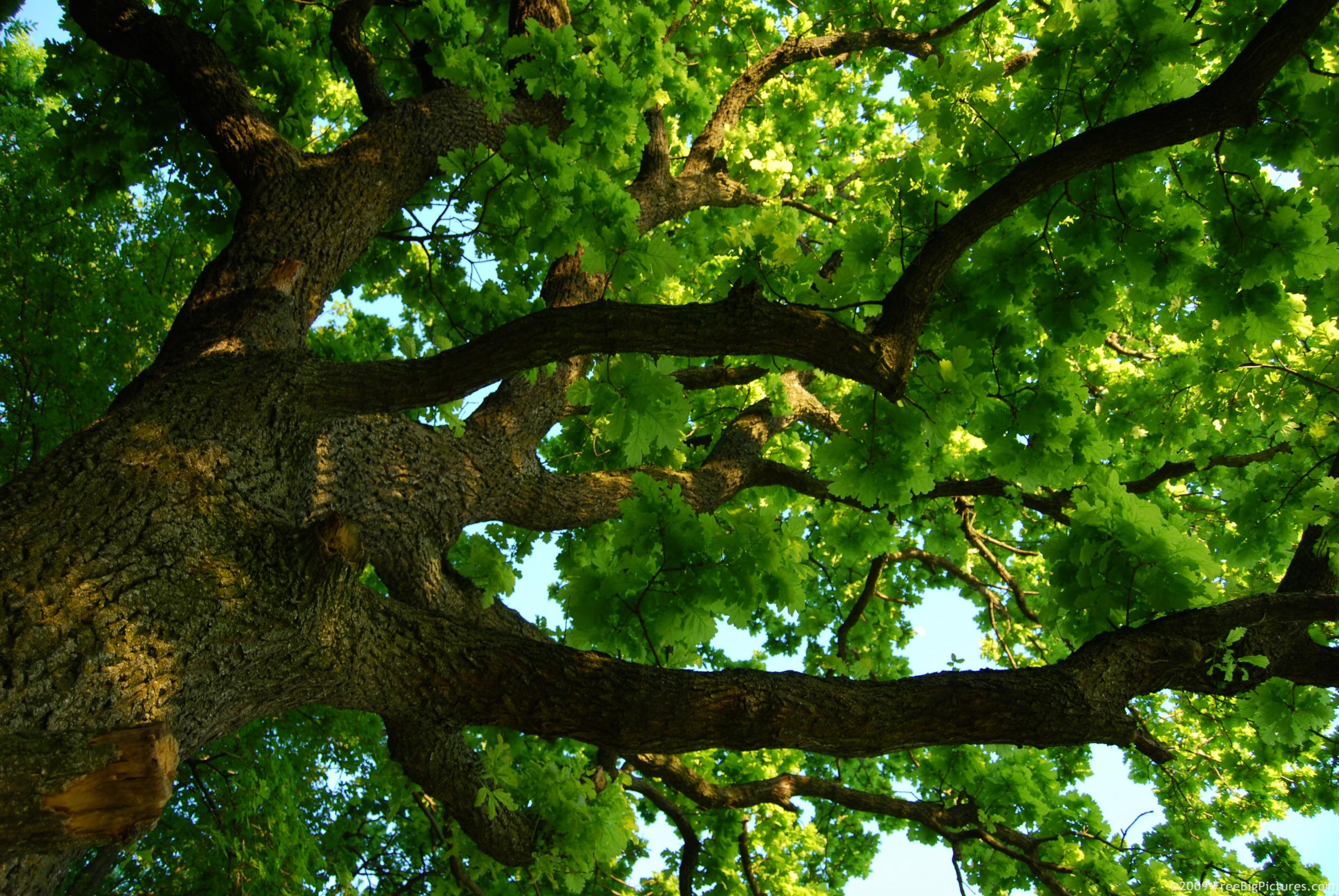Failing Trees to Be Removed to Avoid Major Risks to Campus

Beginning as early as next week, crews will be on campus to remove two large oak trees. The two trees — a 106-foot-tall willow oak located just south of Tech Green and a 58-foot-tall water oak located at the northeast end of Fitten Residence Hall — are failing and have both been deemed very high risk by an independent arborist.
“Removing iconic trees on campus due to structural failures and safety concerns is a very difficult — but necessary — decision to make,” said Hyacinth Ide, associate director of Landscape Services and Fleet Services. “However, we are very thoughtful in making such decisions. Third-party assessments along with replacement and reclaiming strategies ensure that our urban forest campus status will be preserved for generations to come."
The decision comes after the unfortunate splitting of a large willow oak (pictured here), also located in the area south of Tech Green, this fall. That particular tree failure happened in the middle of the day, with limbs falling along Tech Walk and throughout the triangle. Fortunately, no one was seriously injured.
Both of the current failing trees are located adjacent to high occupancy buildings and high pedestrian traffic areas. Taller trees are particularly susceptible to large limb failures during high winds.
A replacement tree plan is currently being designed for these particular areas. It is expected to include the addition of at least 12 various oak tree species as well as maintaining some turf areas south of Tech Green to provide a park-like setting.
Since 2006, the Institute has been expanding the tree canopy on campus, with a goal of 50 percent canopy coverage. Every year, Facilities Management supports the planting of at least 100 additional trees on campus to help achieve this goal. According to the latest estimates by Georgia Tech’s Center for Spatial Planning and Analytics Visualization, there is approximately 23 percent canopy coverage across Georgia Tech’s main campus.